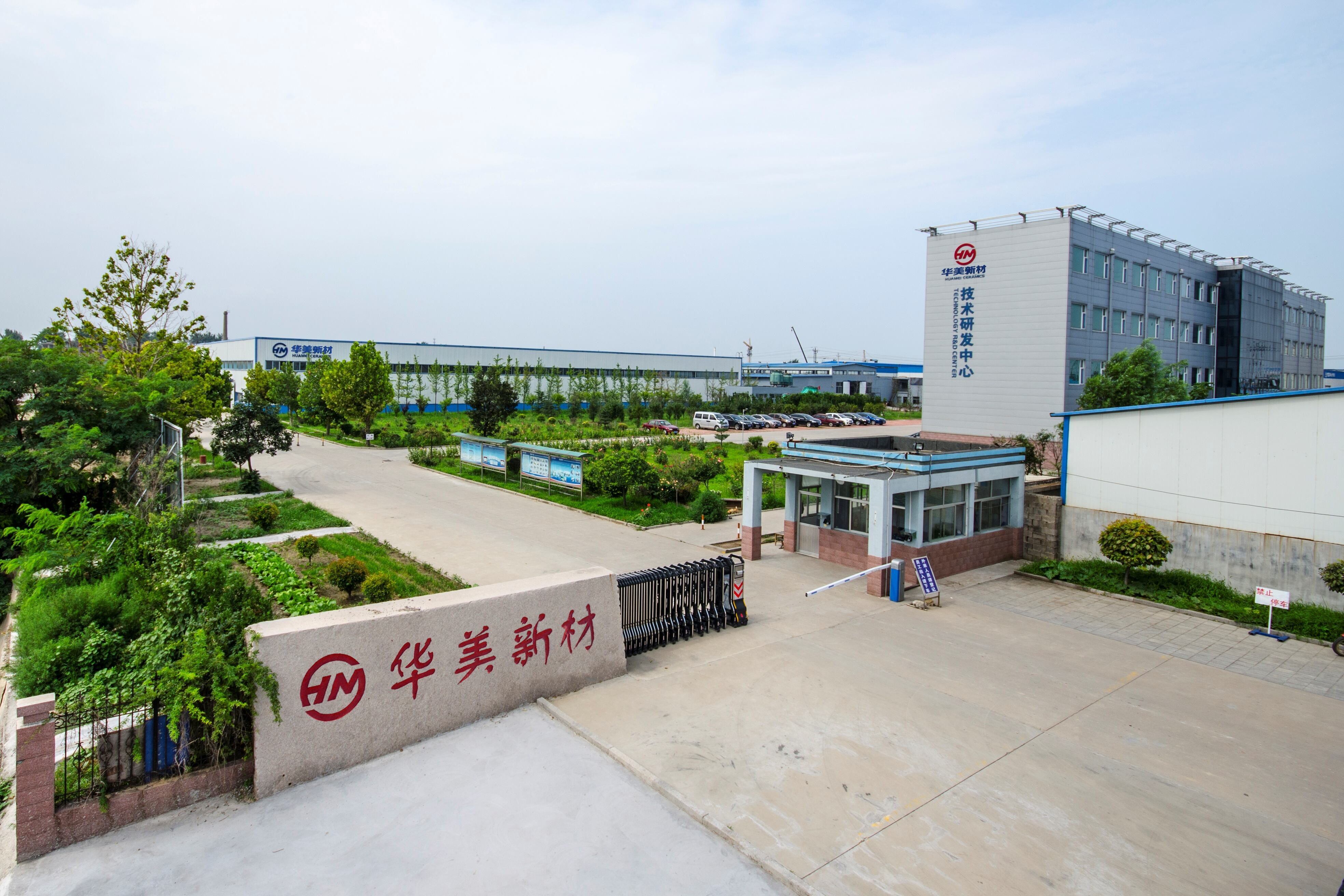Description
RBSiC/SiSiC/SSiC components for energy-saving kiln furniture mainly includes plates/setters/shelves/batts etc. KCE® Silicon carbide plates/setters/shelves/batts are formed by slip casting, extrusion, 3D printing, dry pressing, cold isostatic pressing molding and high-temperature sintering. Drilling and slotting shall be carried out according to the customer's design drawings, and the silicon carbide plates/setters/shelves/batts can be precision machined to meet the user's engineering installation requirements.
Specifications
KCE® SiSiC/RBSiC/SSiC Technical Data Sheet
| Technical Parameters | Unit | SiSiC/RBSiC Value | SSiC Value |
| Silicon Carbide content | % | 85 | 99 |
| Free Silicon content | % | 15 | 0 |
| Bulk Density 20°C | g/cm³ | ≥3.02 | ≥3.10 |
| Open Porosity | Vol % | 0 | 0 |
| Hardness HK | kg/mm² | 2600 | 2800 |
| Flexural Strength 20°C | MPa | 250 | 380 |
| Flexural Strength 1200°C | MPa | 280 | 400 |
| 20 – 1000°C (Coefficient of Thermal Expansion) | 10–6 K–1 | 4.5 | 4.1 |
| Thermal Conductivity 1000°C | W/m.K | 45 | 74 |
| Static 20°C(Modulus of Elasticity ) | GPa | 330 | 420 |
| Working temperature | °C | 1300 | 1600 |
| Max. Service Temp (air) | °C | 1380 | 1680 |
Applications
Silicon carbide ceramic plates/setters/shelves/batts are mainly used in high-temperature industrial scenarios. The main uses of silicon carbide sheet include:
High temperature insulation material: used for thermal equipment in high-temperature furnaces, kilns, and furnaces. With its excellent high-temperature stability, it can be used for a long time at high temperatures of 1380 ℃ (RBSiC/SiSiC) and 1650 ℃ (SSiC).
Metallurgy and refractory materials: Manufacturing refractory bricks, refractory equipment, and binders, which play an important role in the metallurgical industry due to their extremely high wear resistance, oxidation resistance, and corrosion resistance.
The semiconductor and optoelectronic industries: manufacturing high-temperature furnaces and optical components, etc. Silicon carbide sheets play an indispensable role in these high-tech fields.
Advantages
Corrosion resistance: Long term use in corrosive environments such as acid and alkali without damage; High thermal conductivity and good heat uniformity; Fast heat transfer and dissipation, fast thermal response speed (heating and cooling speed);Good high-temperature oxidation resistance; High temperature without deformation, good flatness.






